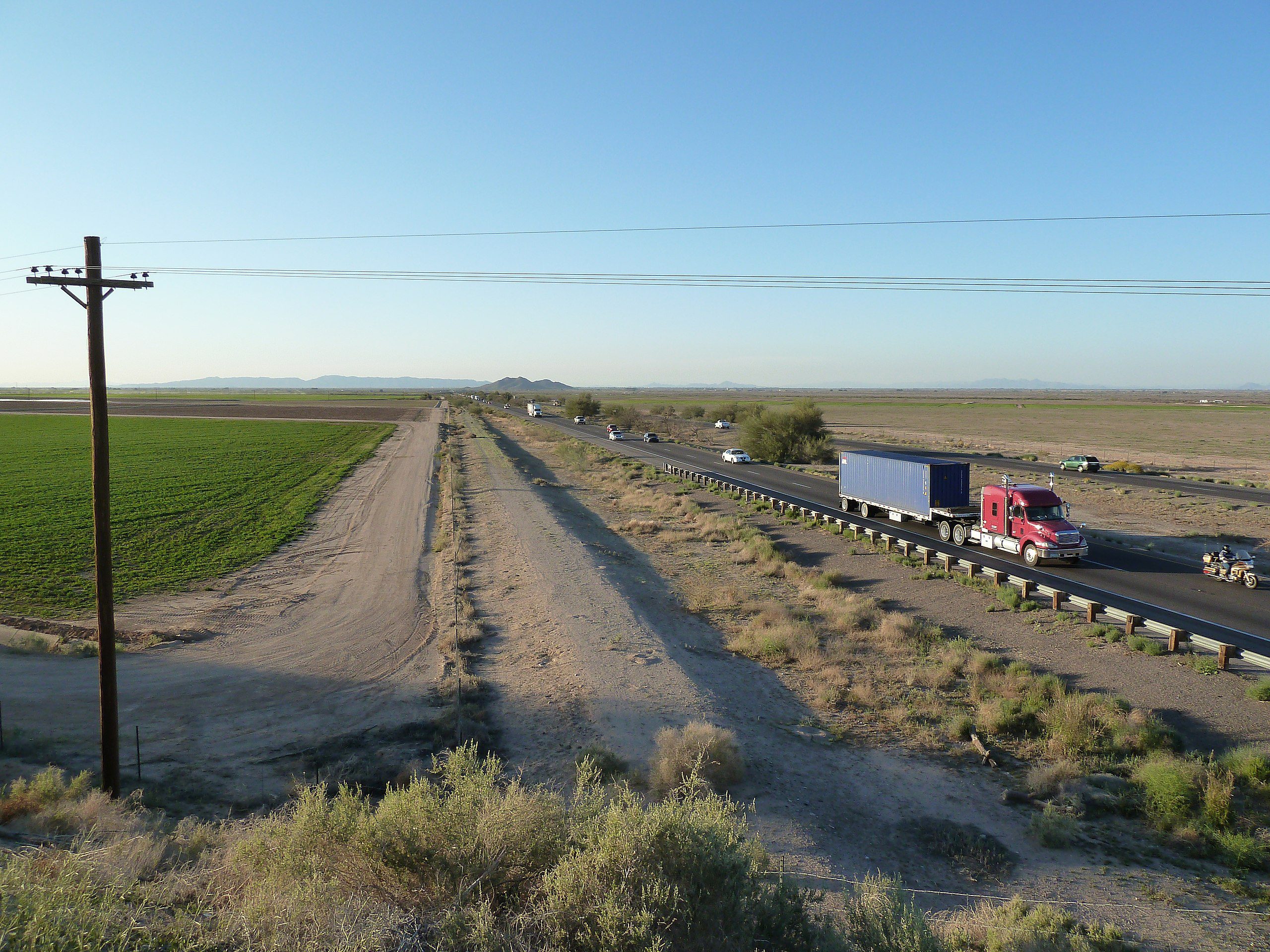April 20, 2023 — Following a recent visit to the Gila River Indian Community in Arizona, key officials from the Biden-Harris administration announced a significant investment of up to $233 million for water conservation and infrastructure projects. Deputy Secretary of the Interior Tommy Beaudreau, Senior Advisor to the President and White House Infrastructure Implementation Coordinator Mitch Landrieu, and Deputy Bureau of Reclamation Commissioner David Palumbo made the announcement, accompanied by federal, state, local, and Tribal leaders.
The visit was part of the Investing in America tour, highlighting the opportunities created by the Bipartisan Infrastructure Law and Inflation Reduction Act. The Department of Interior writes that these laws constitute the largest investments in climate resilience in US history, enabling the administration’s comprehensive approach to bolster Western communities against drought and climate change.
writes that these laws constitute the largest investments in climate resilience in US history, enabling the administration’s comprehensive approach to bolster Western communities against drought and climate change.
Deputy Secretary Beaudreau emphasized the importance of these investments in expanding clean drinking water access for families, farmers, and Tribes. He added that safeguarding Tribal water resources is crucial in the face of the record drought plaguing the West, and such agreements will strengthen Tribal communities and support water conservation in the Colorado River System.
Deputy Commissioner Palumbo highlighted the sacred nature of water and its vital role in the health, safety, and empowerment of Tribal communities. He mentioned that the Bureau of Reclamation is actively supporting projects essential for protecting the Colorado River System and the communities that depend on it, ensuring the basin’s longevity.
Lower Colorado River Basin System Conservation and Efficiency Program.
The Gila River Indian Community will receive $50 million from the Inflation Reduction Act, channeled through the Lower Colorado River Basin System Conservation and Efficiency Program. This funding will support a system conservation agreement that aims to protect Colorado River reservoir storage volumes in the face of ongoing climate change-driven drought. The initiative will raise Lake Mead’s elevation by nearly 2 feet, benefiting the Colorado River System. The agreement also entails the creation of up to 125,000 acre-feet of system conservation water in 2024 and 2025, with an additional $50 million investment for each subsequent year. This allocation is among the first from the Lower Colorado River Basin System Conservation and Efficiency Program.
In October 2022, the Department established this program to enhance water conservation, improve efficiency, and prevent critical drops in reservoir levels that could jeopardize water deliveries and power production.
Reclaimed Water.
Additionally, the Department announced an $83 million investment for the Gila River Indian Community’s Reclaimed Water Pipeline Project, which will expand water reuse and boost Colorado River water conservation. Upon completion, the project will link reclaimed water to Pima-Maricopa Irrigation Project facilities and provide up to 20,000 acre-feet annually for system conservation, ensuring at least 78,000 acre-feet remain in Lake Mead. Funding for this project comes from the Bipartisan Infrastructure Law and annual appropriations.
Addressing Drought in the Southwest.
The Bipartisan Infrastructure Law including $8.3 billion for Reclamation water infrastructure projects over five years to advance drought resilience and expand access to clean water for families, farmers and wildlife. The investment will repair aging water delivery systems, secure dams, complete rural water projects, and protect aquatic ecosystems. The Inflation Reduction Act is investing another $4.6 billion to address Western drought.
More information on the Administration’s all-of-government effort to support the Colorado River Basin is available via a White House fact sheet .
.
Image:
Gila River Indian Community AZ: View N, Interstate 10 from Seed Farm Road Overpass, Gila Butte in the Mid Ground, South Mountain on the Horizon. Chris English, March 2012, via Wikimedia Commons.
AZ: View N, Interstate 10 from Seed Farm Road Overpass, Gila Butte in the Mid Ground, South Mountain on the Horizon. Chris English, March 2012, via Wikimedia Commons.


Leave a Reply